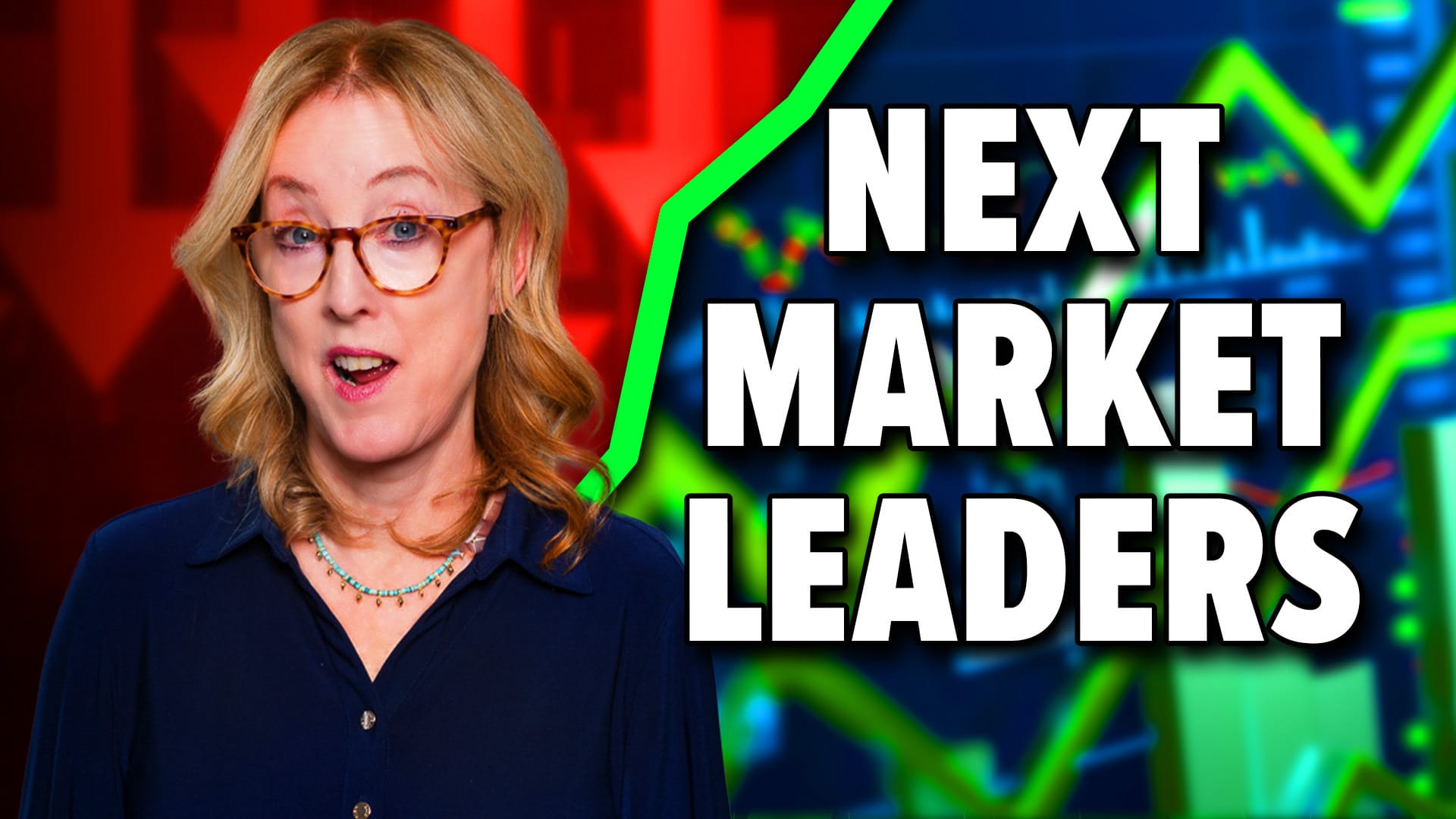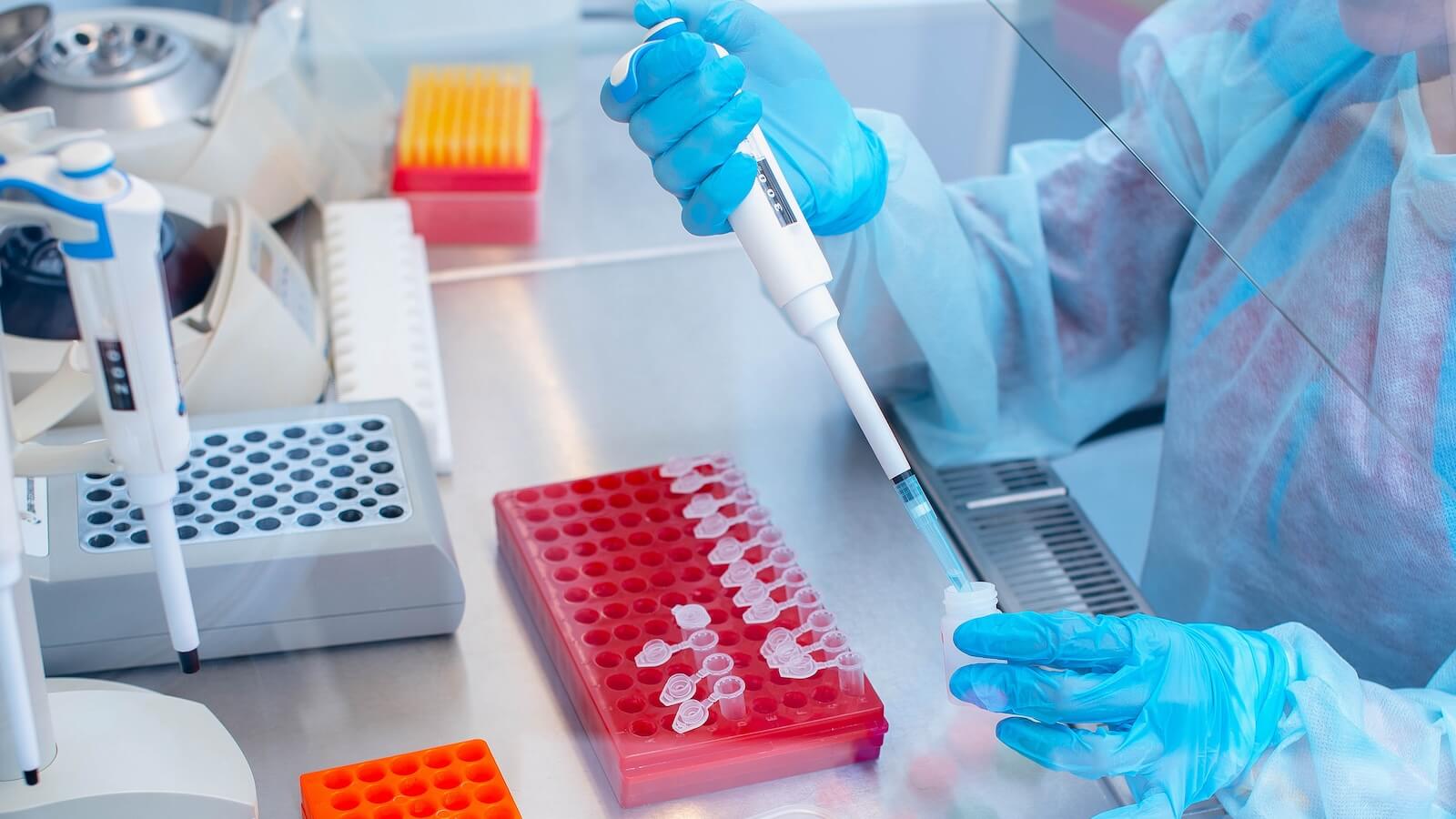SEMICONDUCTORS CONTINUE TO SHOW NEW LEADERSHIP -- WHY THAT'S GOOD FOR THE REST OF THE MARKET
THE SOX IS NEARING TEST OF MAJOR RESISTANCE ... On May 16 I wrote about new signs of leadership coming from the semiconductor group. That was predicated on the move by the SOX Index back over its moving average lines and, more importantly, an upturn in its relative strength line. That trend toward leadership continues today. Chart 1 shows the Semiconductor (SOX) Index climbing over 430 for the first time in two months. It's headed for a test of its December/March highs near 450. That will be a very important test for the group and possibly for the entire technology sector. When the SOX is rising, the rest of the tech sector usually follows it higher. When the tech sector is rising, that's usually good for the entire market. Since SOX leadership is such an important indicator, I'm going to focus on its relative strength line in this report.

Chart 1
SOX VERSUS THE S&P 500 ... Chart 2 shows a relative strength ratio of the Semiconductor (SOX) Index divided by the S&P 500. The eighteen-month chart shows the SOX underperforming the SPX from January 2004 to September. That was a period of general market weakness. The ratio line turned up in September of last year and contributed to the fourth quarter market rally in the broader market. It weakened again in December and March and, in both cases, led to market sell offs. That's the bad news. The good news is that the SOX/SPX ratio appears to have bottomed last September and has been moving sideways since then. That type of sideways movement (after a decline) is often a sign of a bottom being formed. To confirm that a bottom is in place, the ratio line would have to move back over the high reached in the fourth quarter of last year. It's already exceeded its 200-day line for the first time in a year. An upside breakout in the SOX/SPX ratio would obviously be a positive sign for the semiconductor group and would reward those who have already started rotating into that group. An upside breakout in the chip group would most likely have a positive influence on the entire market.

Chart 2
SOX VERSUS THE NASDAQ ... Chart 3 is a ratio of the SOX divided by the Nasdaq Composite Index. That ratio bottomed in October 2002 as the 2000-2002 bear market was ending (first green circle). The ratio then rose into the end of 2003 as semiconductors led the Nasdaq higher during the market's bull run. The SOX started to underperform the Nasdaq at the start of 2004 and did so until the fourth quarter of 2004. Interestingly, the October 2004 bottom in the ratio took place at the same level as the October 2002 bottom (second green circle). The means that the ratio is in a area of potential chart support. The SOX/Nasdaq ratio retested its October low in January of this year and has been rising since then. That means that the SOX has done relatively better than the Nasdaq in 2005. The ratio needs to reach a new 2005 to confirm a significant upturn. But the recent rise in the relative strength rankings is attracting new money to the chips.

Chart 3
NASDAQ VERSUS THE S&P 500 ... Chart 4 plots a ratio of the Nasdaq 100 shares (QQQQ) divided by the S&P 500 SPDR (SPY). The ratio turned up in October of 2002 and corrected signaled the end of the 2000-2002 bear market. The ratio peaked at the start of 2004 and correctly signaled a market correction. It turned up last summer and helped launch the fourth quarter rally. The last two arrows are particularly interesting. The red arrow at the end of 2004 shows that the late 2004 peak occurred at the same level as the early 2004 peak. The last green arrow shows that the recent upturn in the ratio occurred at the same level as last summer. That puts the ratio in a trading range . The fact that it's bouncing off the lower end of that trading range lends chart support to recent Nasdaq leadership. That's good for the rest of the market. And most of that technology leadership is coming from the semiconductors.

Chart 4











